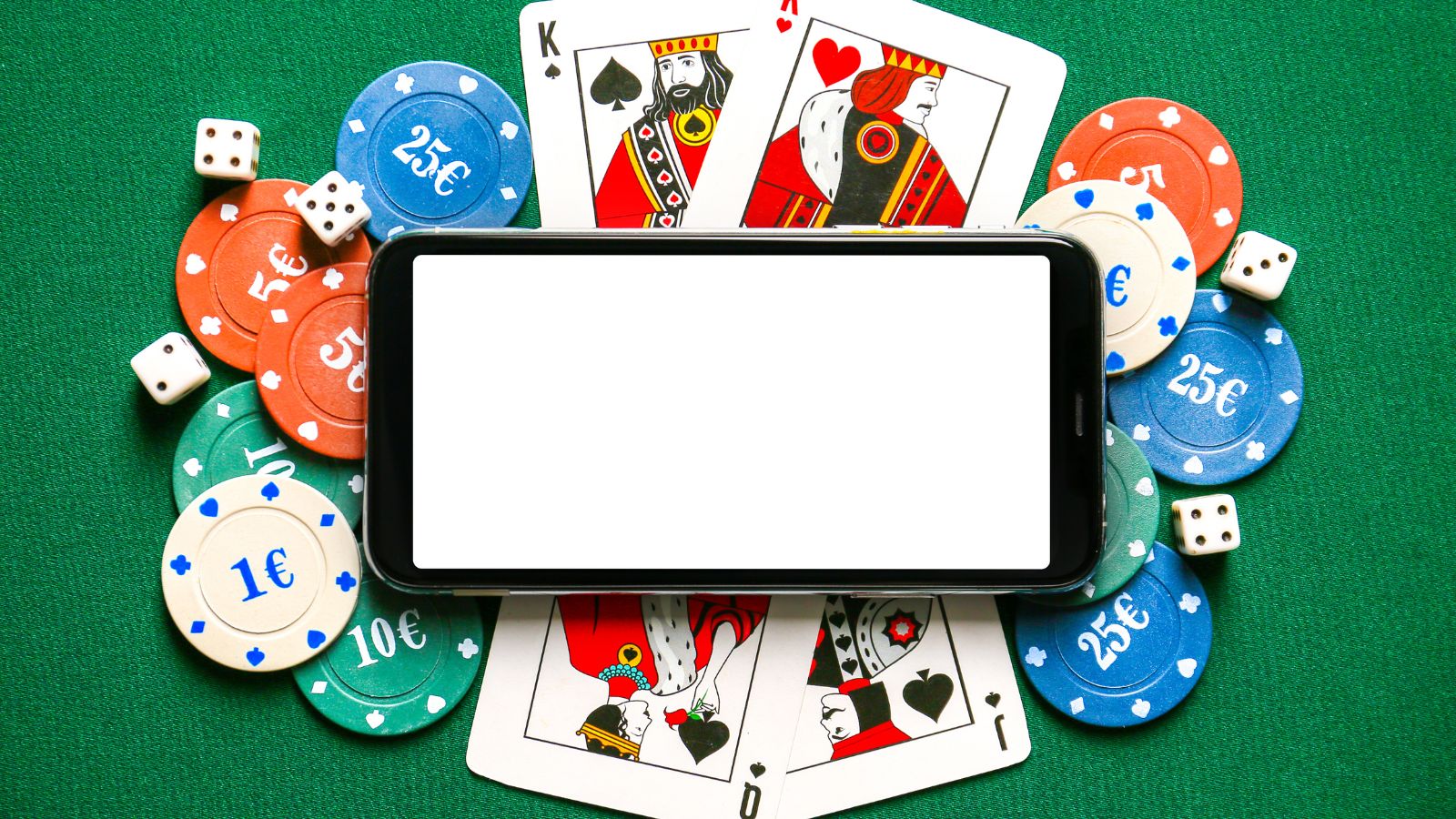Crash gambling games work a lot like progress bars, even if most people don’t pick up on it. Both of their appeal is built on a rising line, usually representing a multiplier, that climbs until it suddenly collapses. The player’s whole goal is to cash out before this crash. Visually, this mechanic looks like the progress bars used in apps and software that show a task inching toward completion. The main difference is that while one tracks file transfers or loading screens, the other invites real-time bets with financial stakes.
Psychological research has shown that users respond strongly to visible signs of progress. In user interface design, progress indicators are often implemented to lower abandonment rates, reduce anxiety, and increase satisfaction. Studies found that users were least likely to abandon a task when the progress bar started quickly and then slowed near completion. This fast-to-slow pattern created the sense that something was almost done, encouraging them to stay. When progress bars started slow and then sped up, users lost patience and just quit early.
Crash gambling mechanics align with the more effective fast-to-slow structure. In a typical session, the multiplier begins incrementally, often luring the player into a sense of safety or predictability. Then it accelerates, and just as it feels like a significant win could be within reach, the crash occurs. The player who cashes out just in time secures their payout, while anyone who waits too long walks away with nothing.
Within this category, crash game sites featuring Aviator have become especially popular. Aviator combines visual simplicity with high volatility and transparent outcomes. Many of these sites offer round-the-clock availability, low minimum bets, and access to social gameplay features like public chatrooms and round histories. Unlike traditional slots, crash games offer a sense of timing-based control. Though outcomes remain random, the visual format gives the player a stronger feeling of participation, which enhances the overall experience.

From a site UX perspective, players benefit from a provably fair system that uses cryptographic methods to verify outcomes, giving the game additional credibility among experienced players. The game is offered across a growing number of crypto-enabled platforms and is recognized for its slightly higher return to player (RTP) value, which generally ranges from 96 to 97%. This places it on par with or above many traditional slot titles. The core mechanic is straightforward, and the interface is minimalist, removing distractions and placing full focus on the rising multiplier.
Much of this design appeals to psychological patterns familiar from task completion theory. The Zeigarnik effect suggests people are naturally inclined to complete incomplete tasks, while the goal gradient effect indicates users work harder as they approach a perceived finish line. Crash gambling works because the rising multiplier makes people want to keep going.
Progress bars, when well-designed, increase user confidence and have a similar effect of wanting to keep going. A user uploading a document or waiting for software to install feels reassured by each tick of progress. In crash games, that same visual tick becomes a source of tension. Each second that the multiplier increases feels like a potential win slipping away.
On paper, a 97% RTP might suggest a balanced game, but in practice, the frequent small losses are only offset by the occasional large win. The multiplier can theoretically climb into the thousands, and in rare cases it does, but the likelihood of encountering such rounds is extremely low. That gap between potential and probability keeps players coming back, hoping to catch the next long run.
Good game developers understand the importance of pacing. The multiplier does not always crash quickly; some rounds extend long enough to reward those who wait. Since more than half of the crashes occur at or below a 2x multiplier, the odds are tilted toward loss unless players consistently cash out early. This creates an ongoing dilemma: settle for a small, safe return, or risk everything for a chance at a bigger payout.
The visual rhythm of crash games also contributes to player engagement. Sessions are fast, often lasting just a few seconds. This pace creates a continuous cycle of anticipation, decision, and consequence. The player watches the line rise, reacts, and immediately sees the result. The short turnaround time reinforces the loop, encouraging repeated play. Unlike other casino games where results can be delayed or complex, crash offers something players always crave: immediacy.